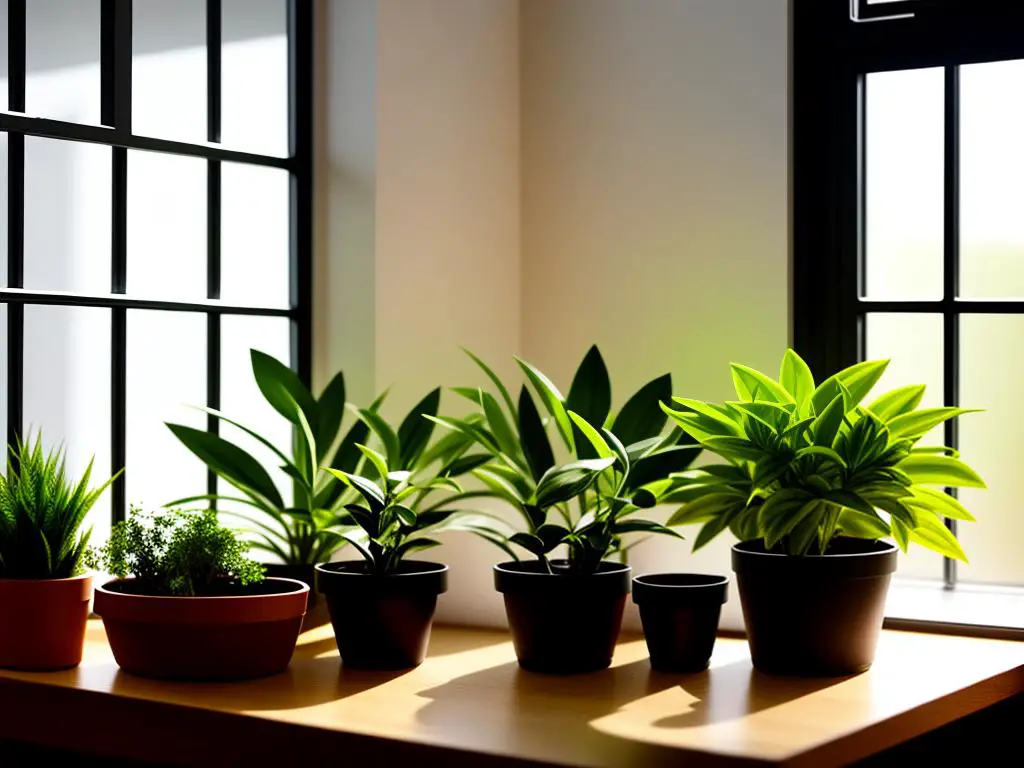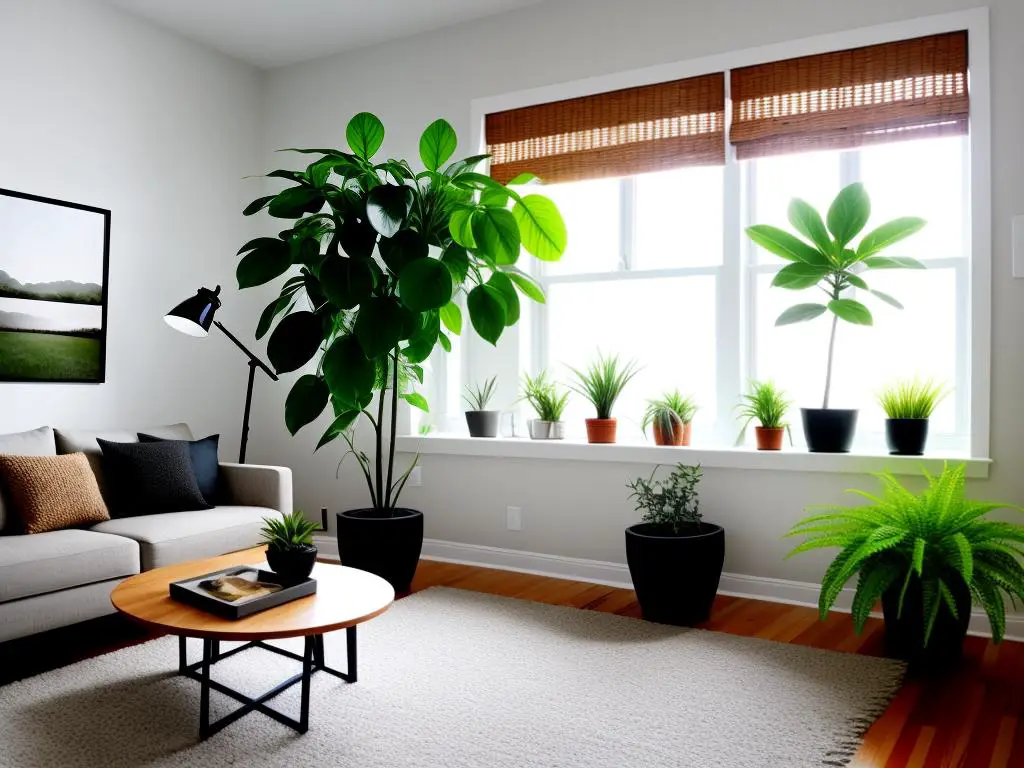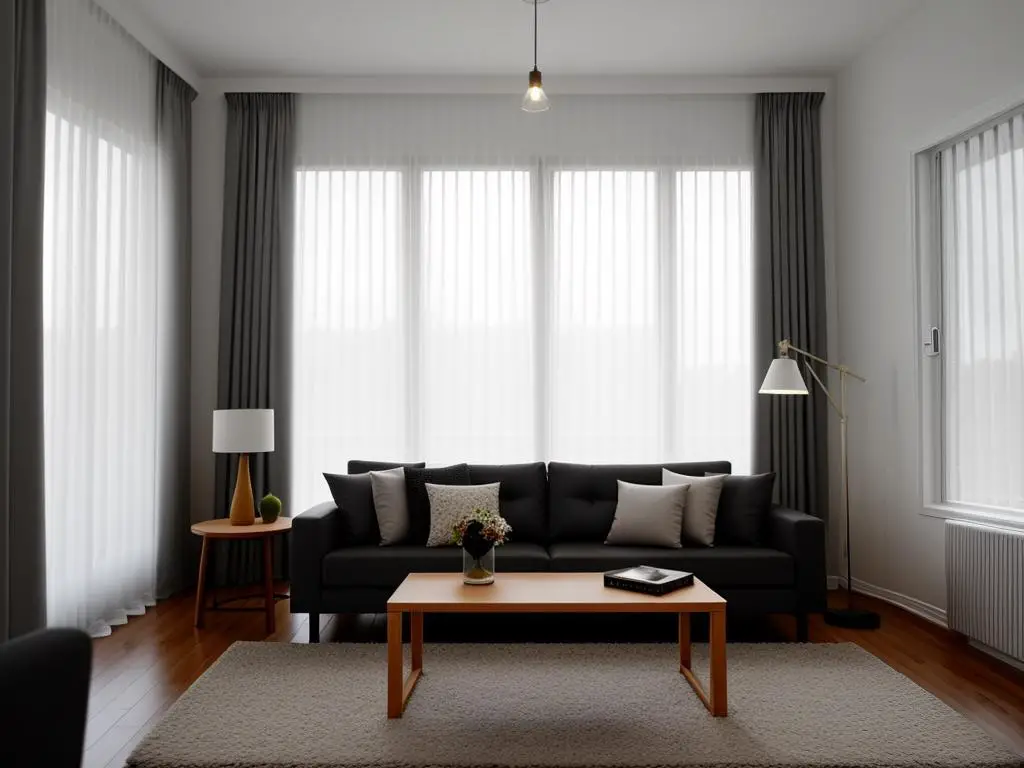Enriching our personal environments with luscious, vibrant greenery can bring great benefits, not just in enhancing visual aesthetics but boosting our mental wellbeing. It’s heartening to note, however, that many houseplants defy the dictum of needing extensive sunlight, thriving even in spaces with scarce light. Before immersing ourselves within the fulfilling art of indoor gardening, it is crucial to comprehend the dynamics of low light conditions, understand how different spaces within our home are thereby impacted, and the associated implication for our leafy friends. Furthermore, identifying houseplants that revel in such conditions can be an empowering initial stride in the journey, empowering the cultivation of a blooming indoor garden that caters to our individual preferences. Moreover, a comprehensive understanding of maintaining these plants ensures their long-term health and vibrancy.
Understanding low light conditions
Understanding Low Light Conditions
In the realm of indoor gardening, understanding the nuances of light exposure within the house environment is paramount to successful plant care. Low light might mean different things to varied houseplants – for some, it’s a synonym for subtle, indirect light, while for others, it’s an implication for a space that never gets direct sunlight. Here’s a deep dive.
Sunlight can be received through a number of different directions, the most common of these being windows. Typically, a south-facing window receives the most light, while an east or west-facing window receives moderate light and a north-facing window receives the least amount of light. Nonetheless, nuances may exist in individual locations and based on architectural factors. An object – a tall building, a large tree – could obstruct the sunlight from a south-facing window, while an east-facing window might have unobstructed light. It’s also worth noting that the light intensities vary across different times of the year.
The intensity and duration of sunlight are two critical factors that define the light conditions inside your home. No two rooms receive the same light intensity, and the duration of sunlight also varies across different locations. During the day, sunlight might move around and affect various spaces, creating alternating light conditions.
Considering houseplants for low light, they are usually those which can thrive under lesser sunlight exposure. Research is crucial before selecting the kind of plant to keep in a room with low light intensity, to ensure healthy upkeep and growth.
Understanding Light Terminology Basics
Some critical terminology related to indoor light conditions will prove helpful when dealing with houseplants.
- Direct light: This refers to sunlight that reaches the plant without any obstruction. It can be quite intense and might actually harm certain houseplants not equipped to handle such conditions by burning their leaves.
- Indirect light: This implies filtered light, wherein direct sunlight does not hit the plant. This effect can be achieved by placing obstructive items like a curtain or blinds that scatter the light before it encounters the plants.
- Low light: This may not imply a total lack of sunlight but refers to areas in your house that do not receive direct sunlight, or those which remain in shadows for much of the day.
- Artificial light: In the absence of adequate natural light, artificial lights, designed to imitate the spectrum necessary for photosynthesis, can also be used to provide the needed light exposure to the plants.
This lexicon forms the groundwork when it comes to houseplants and fathoming their light necessities. Keeping in mind their natural environments, some plants are naturally inclined to flourish in low light conditions, while others are more competent at coping with direct sunlight. A comprehensive understanding of these intricacies when growing houseplants under low light conditions can ensure that your plants not only sustain but flourish. Matching the light exposure to the needs of your chosen houseplant is the essential factor in creating a thriving indoor green space.

Identifying best low light houseplants
Getting to Grips with Low Light Houseplants
Grasping how houseplants that flourish in low-light conditions behave is imperative for anyone wishing to bring a touch of the natural world into their residence or workspace. Some varieties of indoor foliage require far less sunlight than their outdoor counterparts and have adapted to survive in such lower light levels.
Snake Plants: The Easy Keeper
First on our list is the evergreen perennial affectionately known as Snake Plants or Mother-In-Law’s Tongue. Officially named Sansevieria, it showcases tall, upright, and stiff leaves with a pattern that greatly resembles the skin of a snake. Snake plants are known for their hardiness and ability to survive in almost any light condition, making them perfect for first-time plant owners or those with limited sunlight. In terms of care, water them sparingly, they can easily rot if given too much moisture. A surprisingly delightful bonus of snake plants is they release oxygen into the atmosphere at night, making them an excellent option for bedrooms.
Peace Lilies: The Elegant Shade-Lover
Peace Lilies (Spathiphyllum) are well-known for their stunning white blooms and deep green leaves. They greatly appreciate areas with low, indirect light, although they can adapt to more indirect light situations. They prefer moist soil, but it’s important not to overwater them. Upon watering, ensure the soil is left to dry a slight amount before the next watering. Low humidity might brown the tips, occasional misting of the leaves could preserve their lush countenance.
ZZ Plants: The Unkillable
ZZ Plants (Zamioculcas Zamiifolia), are notorious for their incredibly uncomplicated care needs. These glossy-leaved, tropical plants are native to Eastern Africa, where they’ve adapted to survival in prolonged periods of drought and minimal sunlight. This makes them the ideal candidate for lower-light areas in homes and offices. They can tolerate a fair bit of neglect, thanks to their hearty tuberous roots storing water. On the other hand, too much water can cause their roots to rot.
The Deceivingly Exotic: The Cast Iron Plant
Don’t let the name fool you. Despite their exotic appearance, Cast Iron plants (Aspidistra elatior) are surprisingly low maintenance. They originate from the floors of deeply forested areas, adapting to grow in very low light conditions. They are known for their ability to withstand neglect and a range of environmental conditions, making them suitable for newbie horticulturists. All they require is well-drained soil and adequate watering without overdoing it.
Summary
Equipping oneself with knowledge about houseplants that prosper in low-light conditions, including their distinct features, care needs, and advantages, can significantly improve your indoor gardening skills. Snake Plants, Peace Lilies, ZZ Plants and Cast Iron plants all require minimal maintenance and thrive in low light settings. Depending on your aesthetic preference and level of expertise, these houseplants can be perfect additions. They not only beautify your interior but also promote a healthier and more relaxed atmosphere, all without requiring lots of sunlight.

Care and maintenance of low light houseplants
The Basics of Low Light Houseplants: An Introduction
The tradition of decorating homes and workplaces with houseplants, infusing the space with vitality and dynamism, goes back to the Victorian era. Among them, low light houseplants have seen a steady rise in popularity, particularly for those residing in locations with fewer sunny days. These low light houseplants are species that flourish in shadowy conditions or with minimal access to sunlight. This makes them the perfect choice for less brightly lit spaces such as rooms without windows or office compartments.
Watering Requirements of Low Light Houseplants
Watering requirement for a low light houseplant is adequately unique. Unlike their sun-loving counterparts which tend to drink a lot of water, these plants enjoy slower growth, which in turn means lesser water consumption. Therefore one should be careful not to overwater them, as it could lead to root rot and other water-borne diseases.
The thumb rule for watering these plants is to let the top soil become slightly dry before the next watering. This gives the plant time to absorb the water and avoid waterlogging. Always use room temperature water for watering since extreme temperatures can shock the plant’s system.
Nutrition and Feeding
Low light houseplants require less food compared to other plants primarily due to their slow growth. Fertilisation should ideally be done once a month during the growing season (spring and summer). In the remaining months, feeding can be limited as the plants are generally dormant. Always use a fertilizer specifically designed for indoor plants.
Potting Your Low Light Plant
Choosing the right pot for your low light houseplant is equally crucial as any other care and maintenance aspect. A well-drained pot with adequate holes at the bottom is a must-have. This will prevent water stagnation at the root level, thus avoiding root rot. Also, repotting should be done every two years or whenever the plant outgrows its current pot.
Cleaning and Care
Cleaning your low light houseplants is not just about aesthetics. A layer of dust on the leaves can hinder photosynthesis, making the plant weak and disease-prone. Gently wipe off the leaves with a damp cloth or sponge every two weeks to keep it looking fresh and healthy. Occasionally, place your houseplants in a shower or sink and rinse with lukewarm water to remove dust and pests.
Disease and Pest Management
Low light houseplants are generally hardy, but they can sometimes be affected by pests like spider mites, aphids, and fungus gnats. Diseases such as root rot, leaf spot, and powdery mildew might also pose a threat. Therefore, regular monitoring of your plant is crucial to identify any signs of disease or pests at the earliest.
Should any pest or disease be detected, take immediate steps to treat it. This might involve pruning affected parts, spraying with organic pesticides or even repotting in severe cases.
Final Thoughts
Low light houseplants, apart from beautifying our living spaces, also purify our indoor air. However, they require delicate balance in care – not too much, not too little- to thrive. Regular monitoring for any signs of distress and timely intervention will ensure these green companions have a long and healthy life in your home or office.

A houseplant under low light shines a verdant symbol of resilience and adaptability. Having evaluated the intricacies of low light environments and how it impacts various houseplants, along with understandings of the specific care steps, you have the means to create a harmonious green space in the comforts of your home, regardless of sunlight availability. Nurturing these plants, which are more comrades than mere accessories, can be a rewarding journey. After all, every thriving plant fosters a happier, calmer, and healthier living space. Learn to identify the first signs of disease and distress, rectify it, and behold the splendid triumph of living beautifully in tandem with nature, albeit within an artificial environment.
